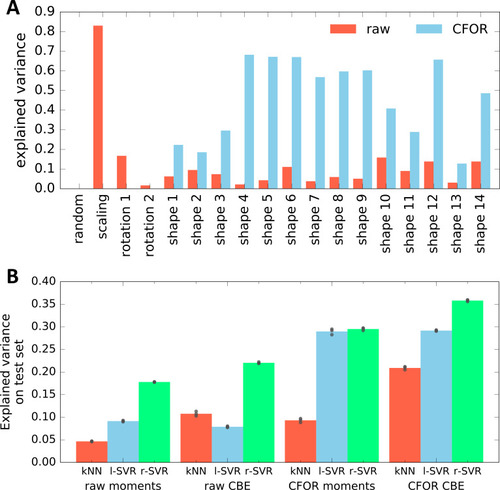Figure 3—figure supplement 2.
- ID
- ZDB-FIG-200612-17
- Publication
- Hartmann et al., 2020 - An image-based data-driven analysis of cellular architecture in a developing tissue
- Other Figures
- All Figure Page
- Back to All Figure Page
|
( |

